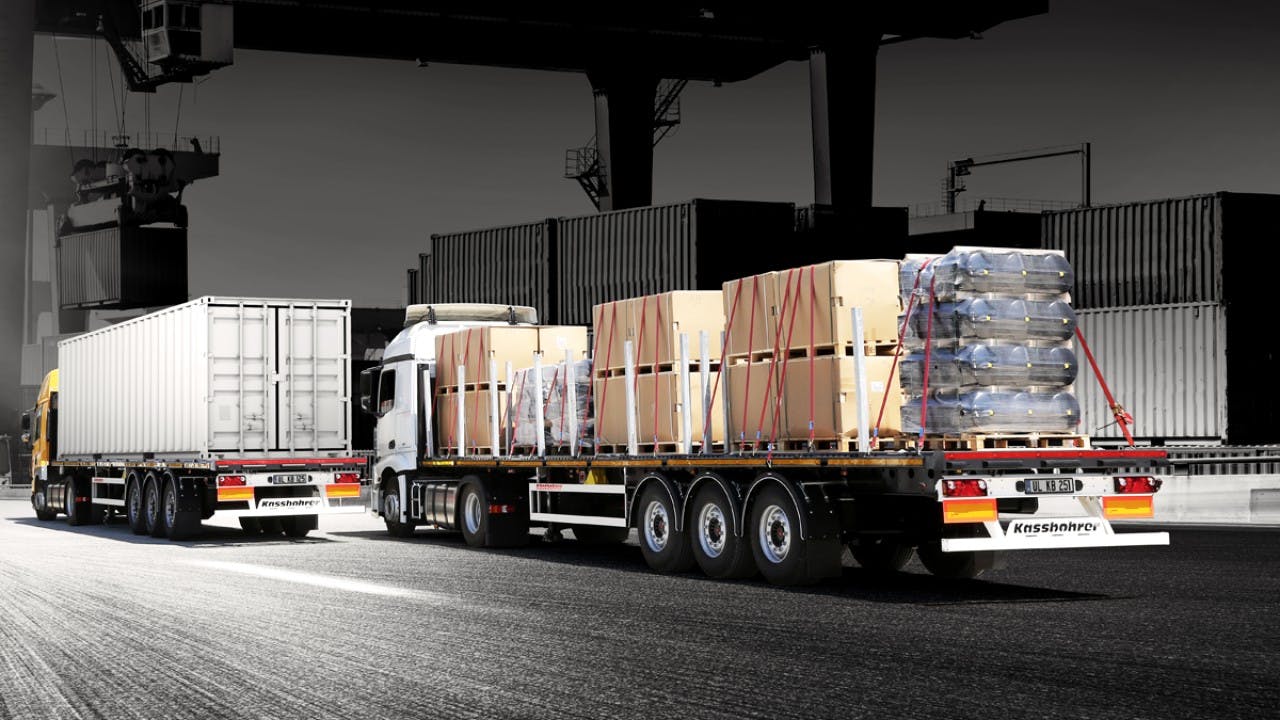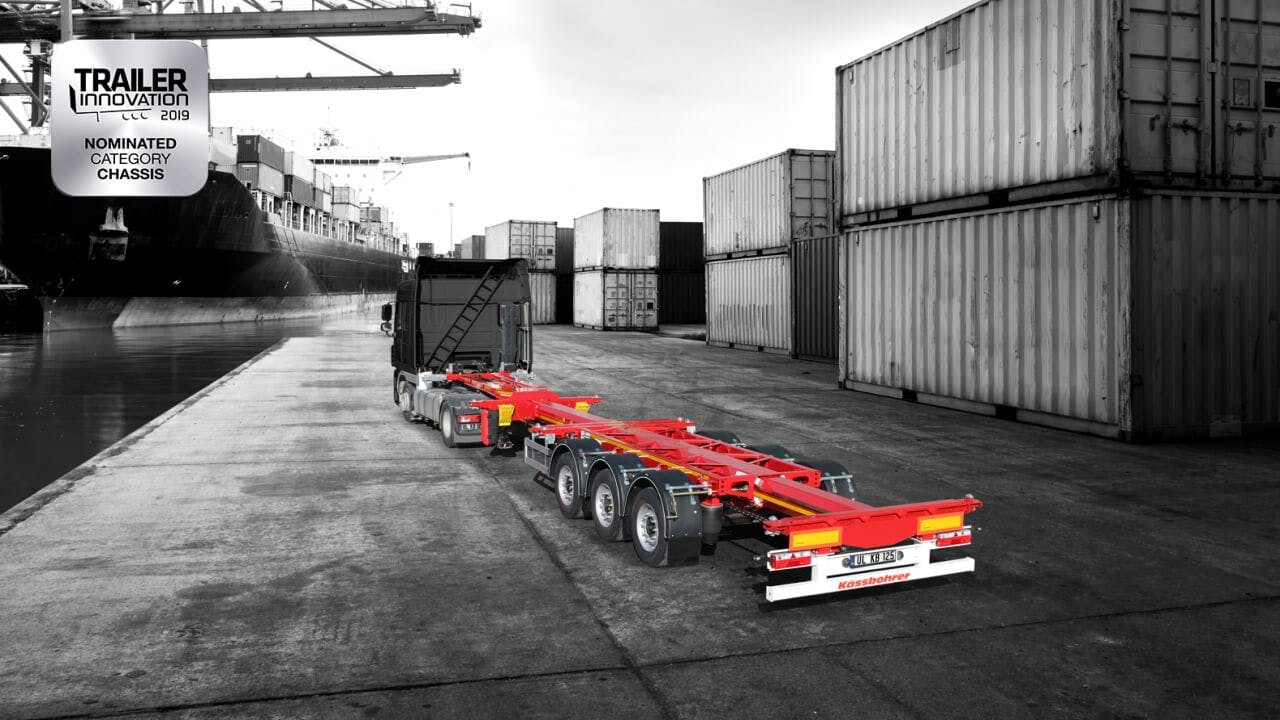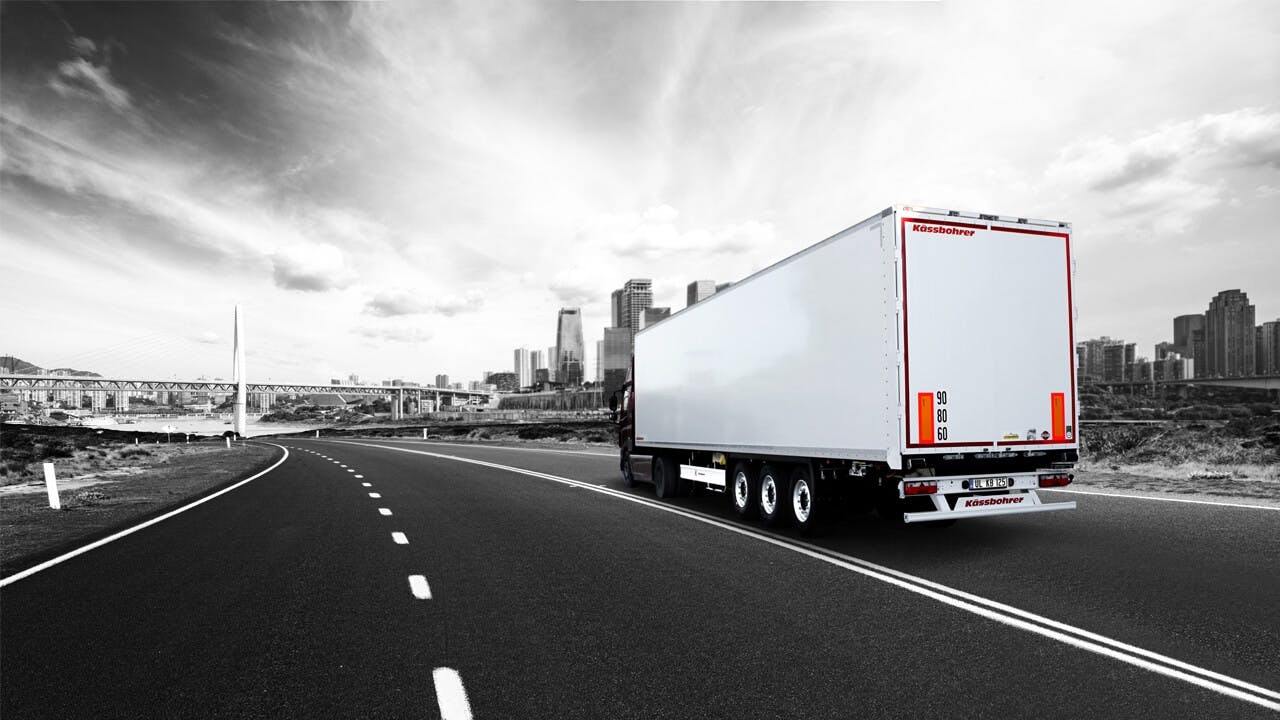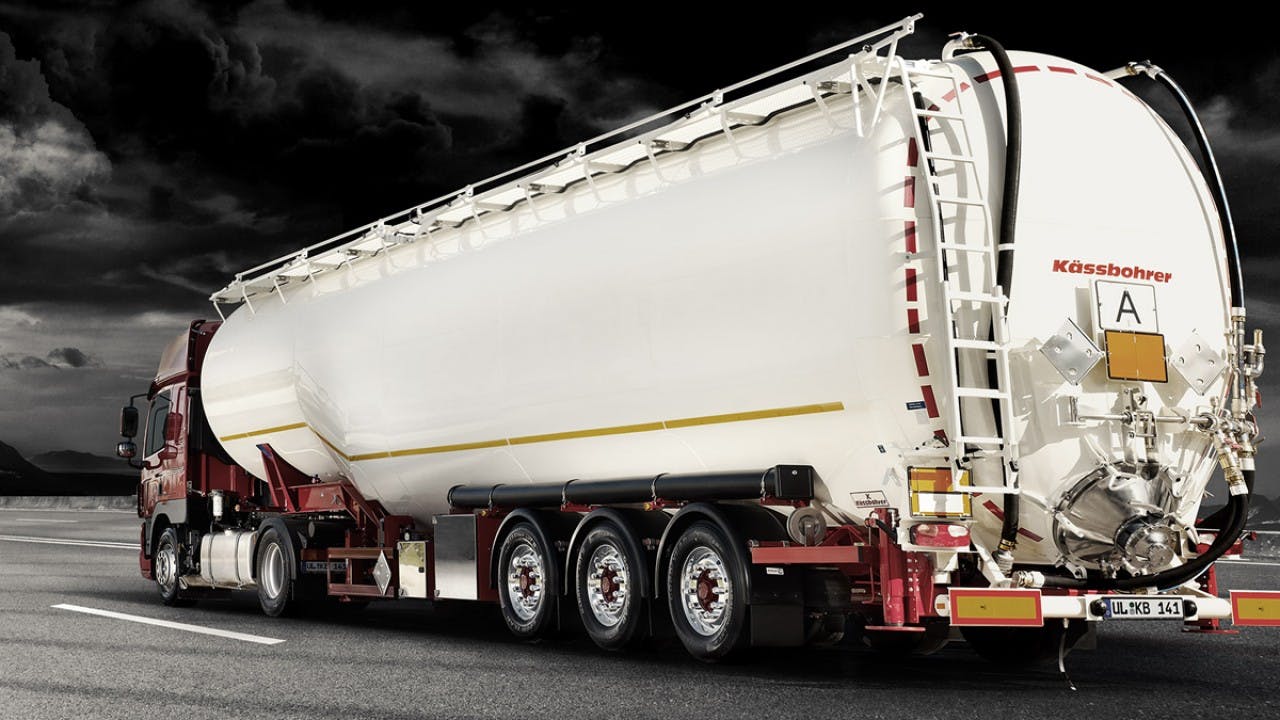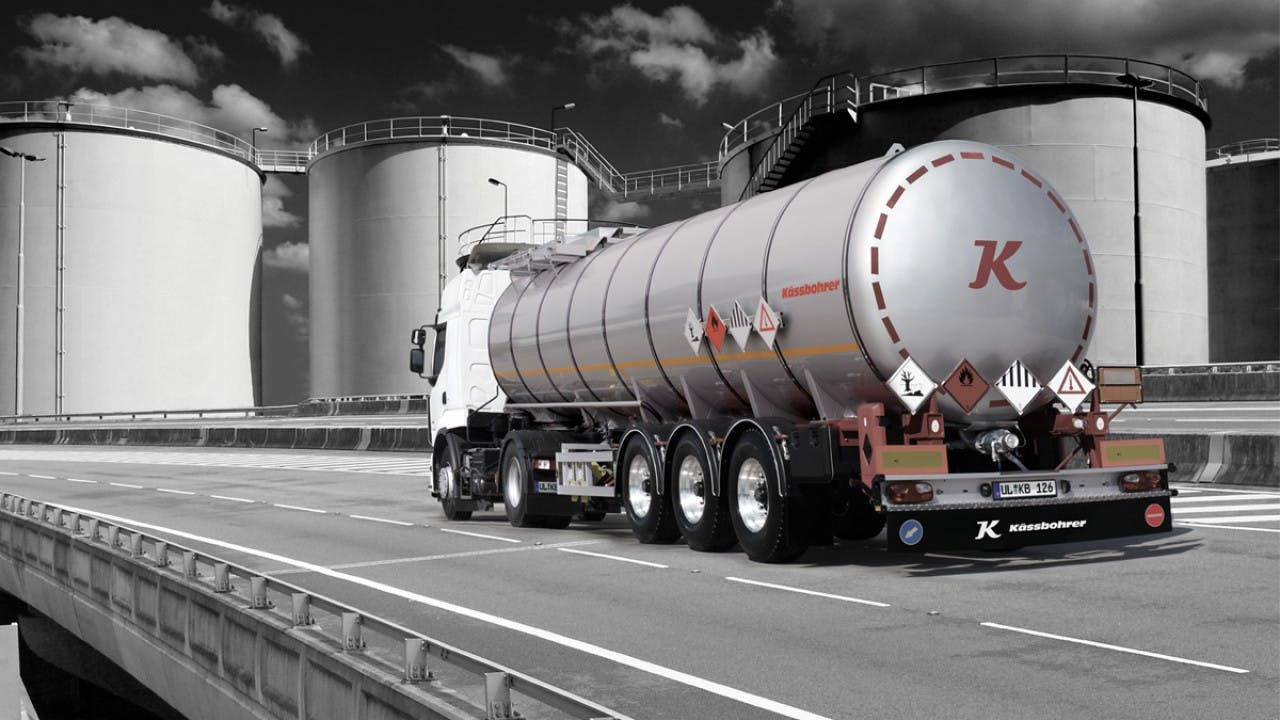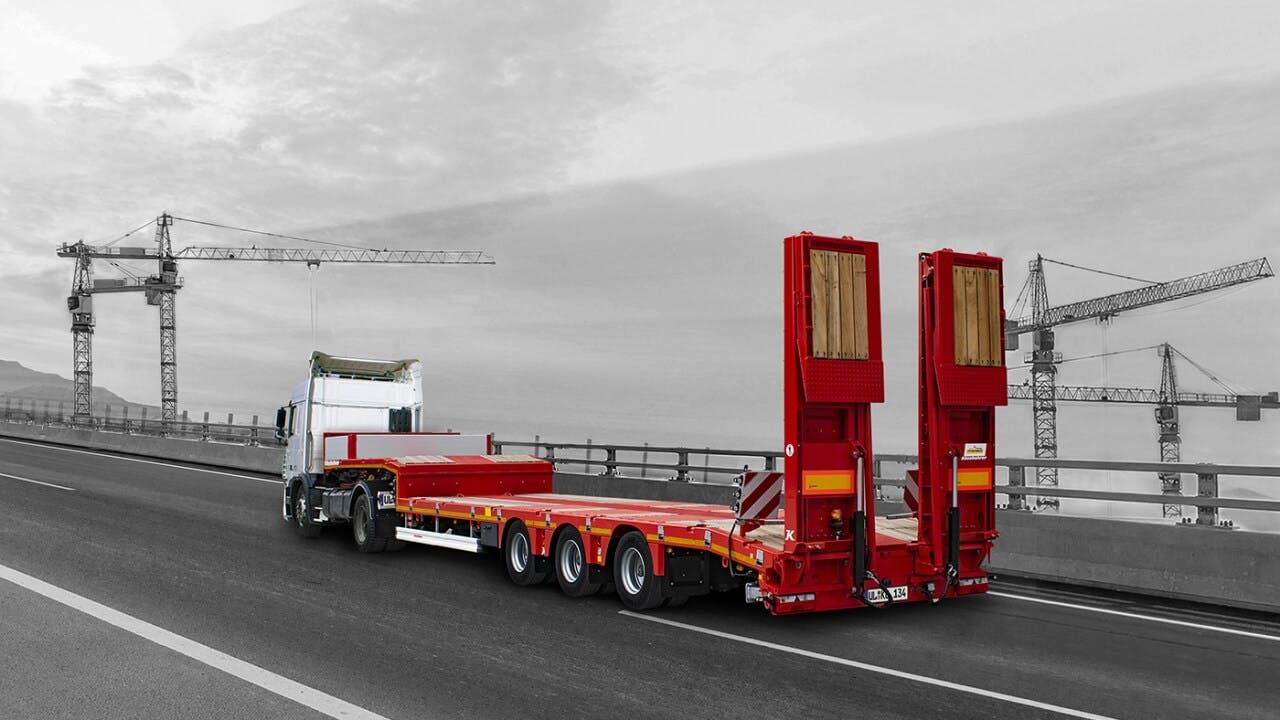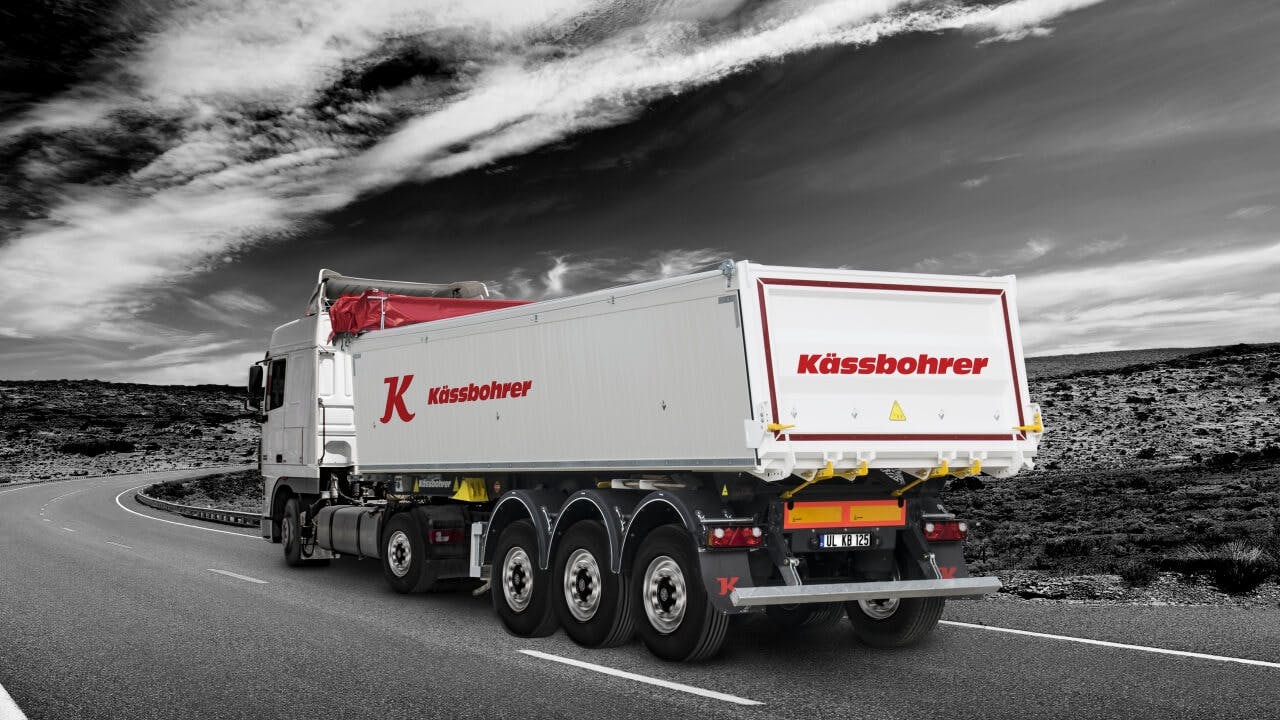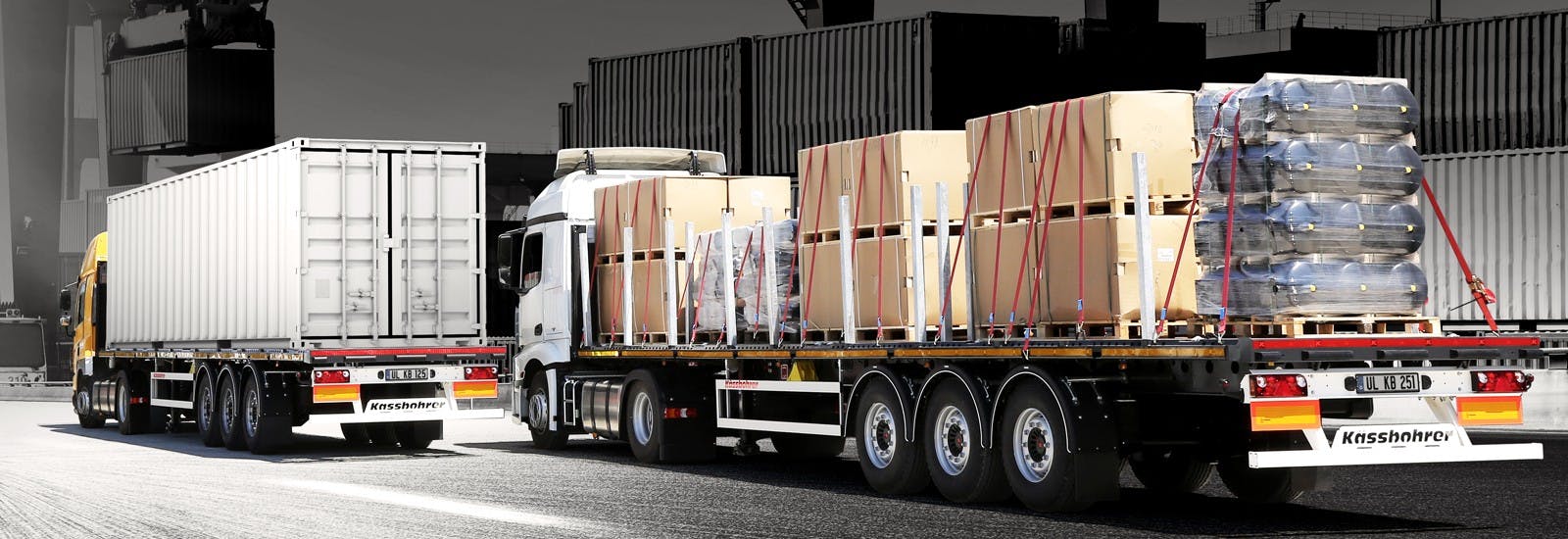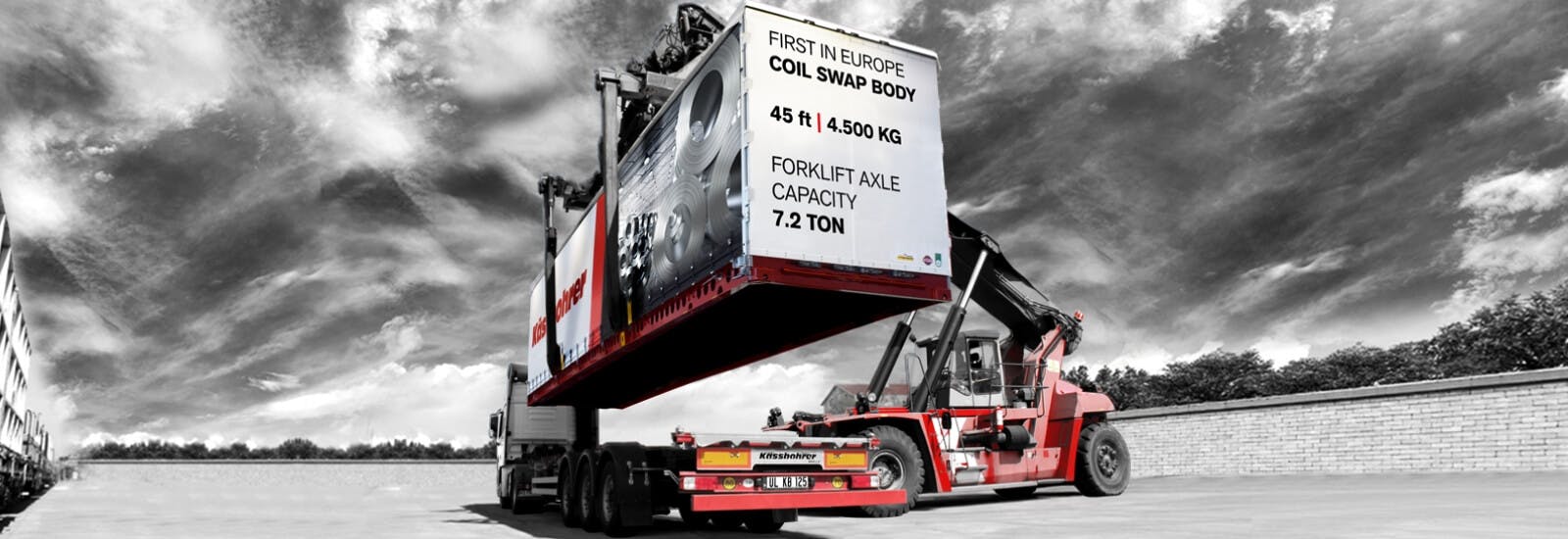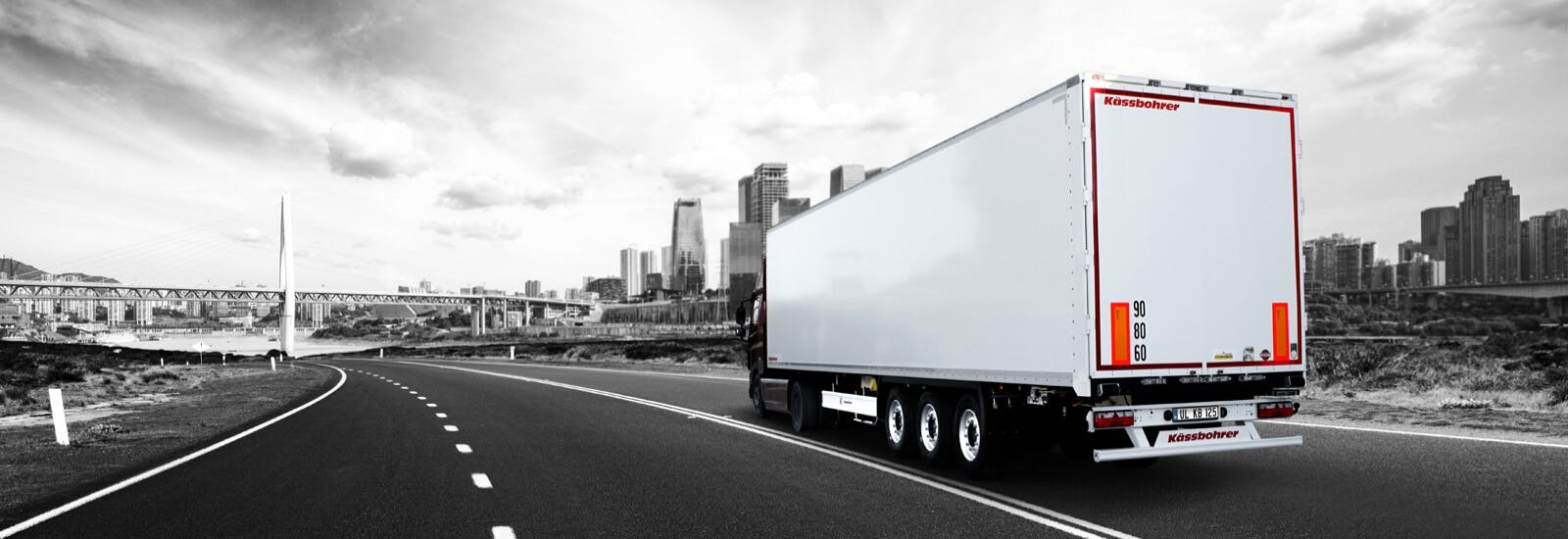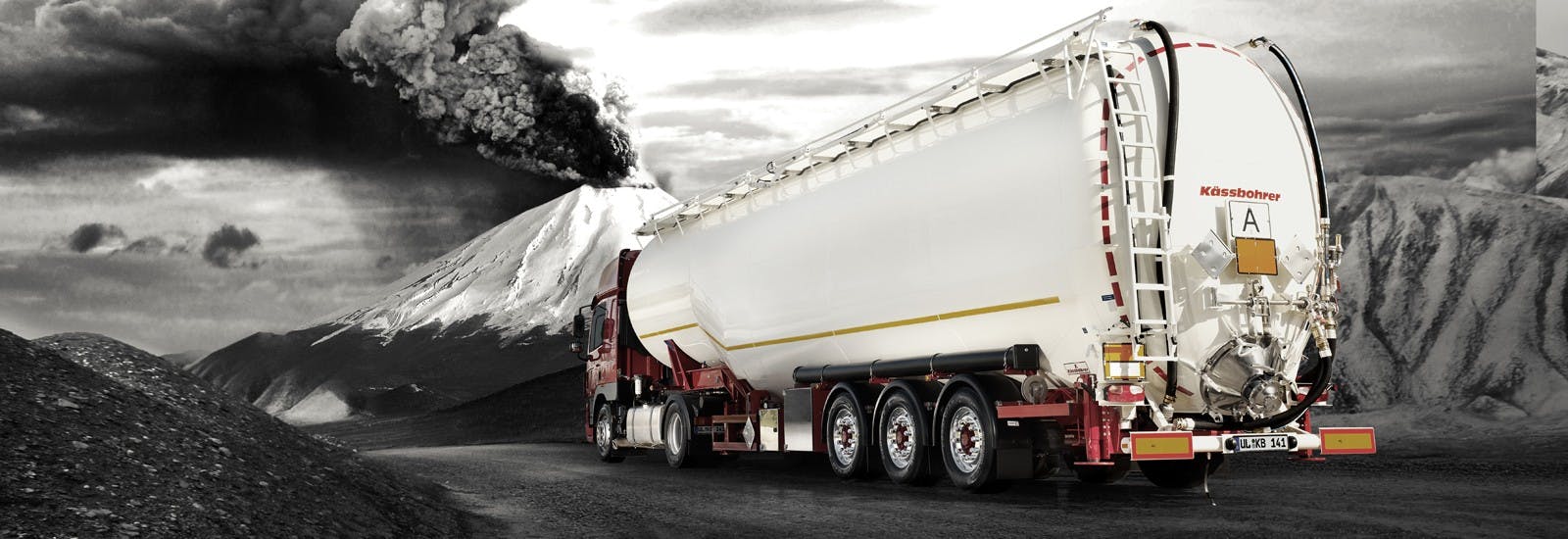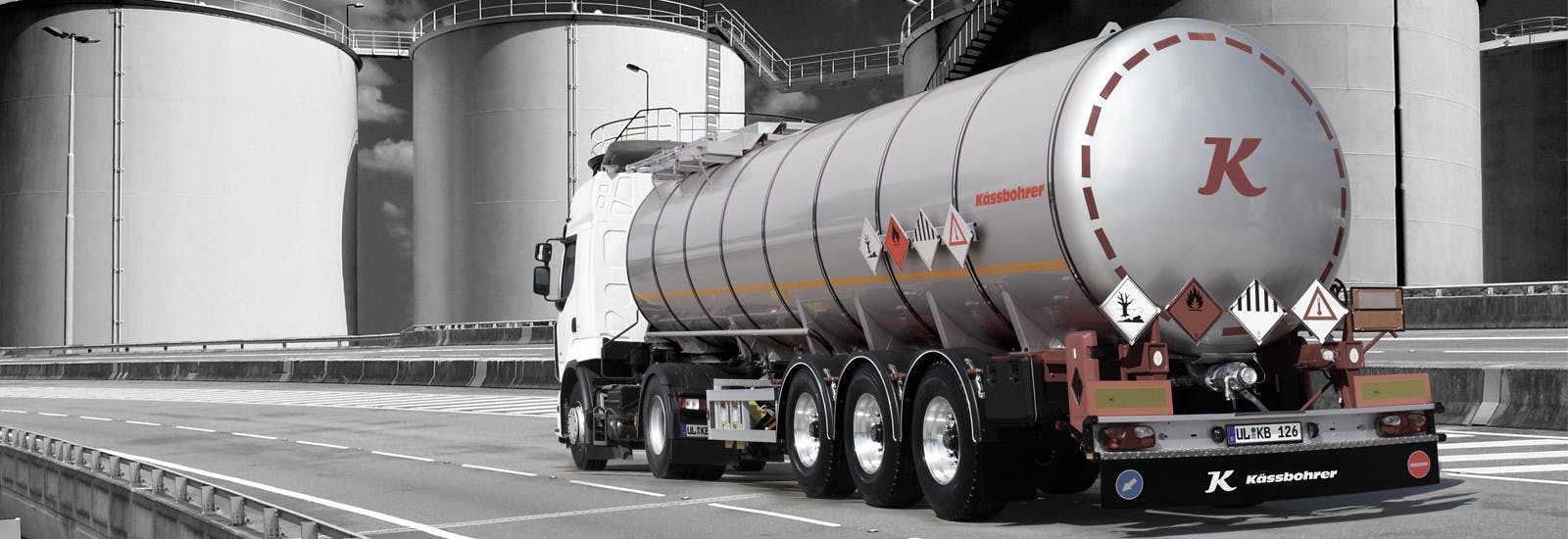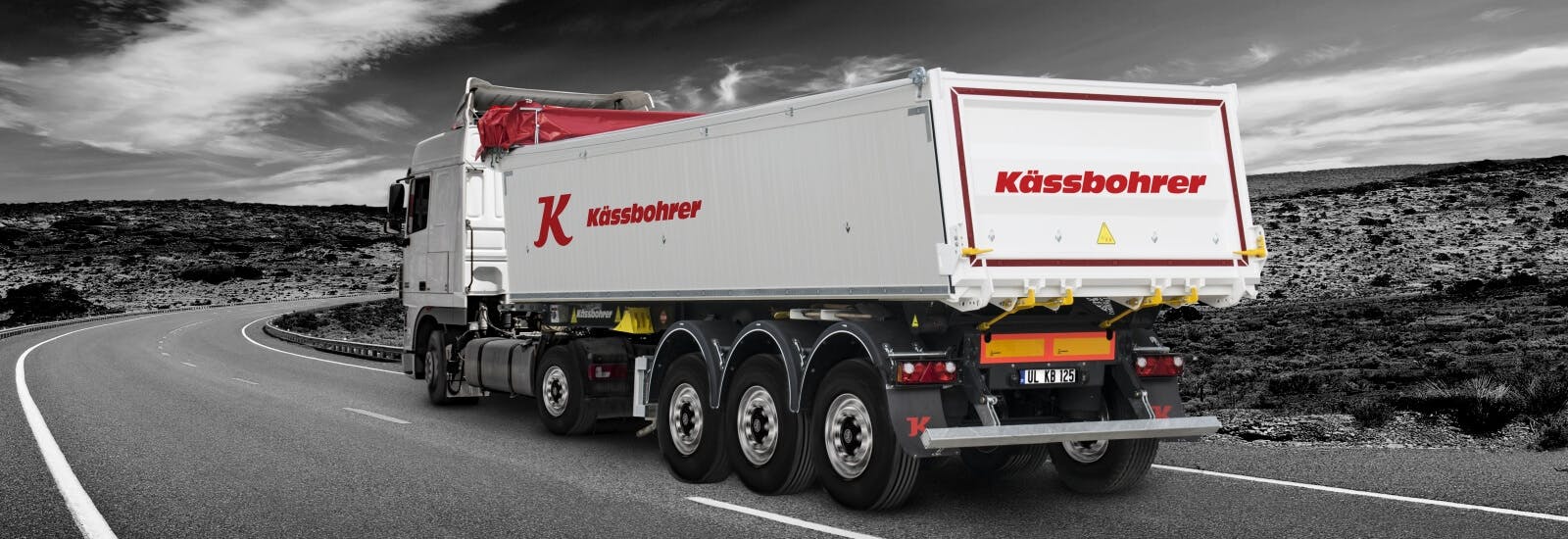K-Expert Talk at Transport Logistic 2025 Highlights Gaps Between ZE Innovation and Implementation Challenges
Challenges in Infrastructure, Policy, Digital Tools, Logistics Models, and Intermodal Integration Addressed in Munich
Panel Composition and Focus
At the 2025 Transport Logistic fair in Munich, Kässbohrer hosted the second edition of the K-Expert Talk on Electrification, bringing together key stakeholders of the European project ZEFES (Zero Emission Freight Ecosystem). Building on the success of first Electrification Technology Development K-Expert Talk at IAA 2024, the panel focused this time on real-world experiences from ongoing zero-emission freight demonstrations, highlighting both progress—and persistent challenges—across the European logistics landscape.
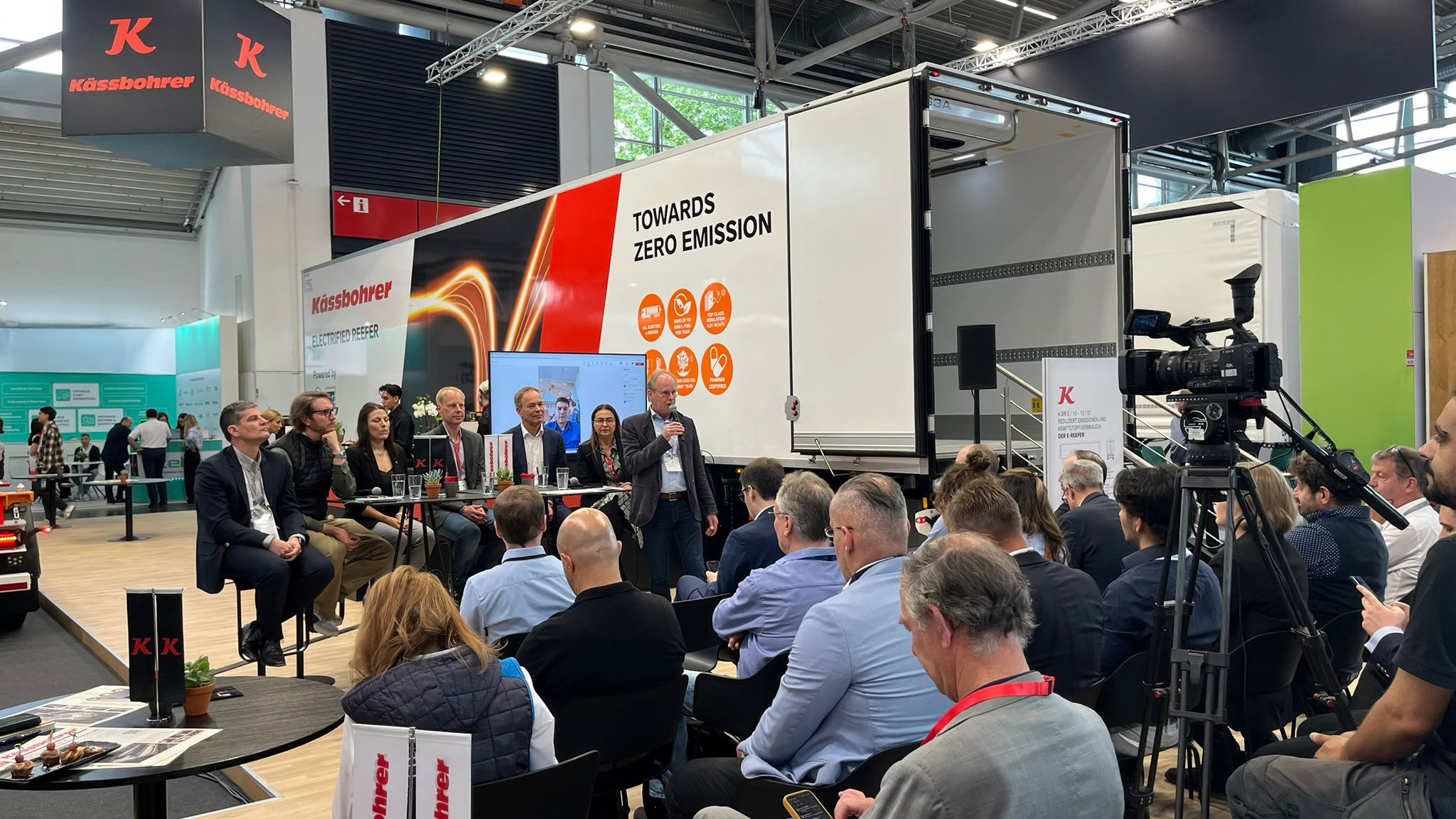
Moderated by Ben Kraaijenhagen, Technical Coordinator of ZEFES, the discussion was structured around five critical challenges: infrastructure, regulatory policy, digital tools, logistics models, and intermodal integration.
Panelists included:
· Fernando Liesa (Secretary General, ALICE)
· Maurice Loef (Director Linehaul, DPD Netherlands)
· Rogier Laan (Chairman of the European Transport Board (ETB)
· Iffet Türken (Board Member, Kässbohrer)
· Marina Förch (Commercial Director, Primafrio)
· Gustaf Malmström (Solution Sales Manager Pilot Partner, Scania Group)
· Henrik Engdahl (Director Business Development, Volvo Group)
While technical readiness of ZE ( zero-emission) vehicles and trailers was recognized by all speakers, regulatory harmonization, especially around trailer type approval and weight and dimension directive revisions, emerged as critical gaps.
Insights from Demonstrators
İffet Turken, Board member of Kässbohrer stated: “Kässbohrer, in collaboration with ZF, has manufactured two electrified vehicles for two separate ZEFES real-life use cases. The first is an intermodal e-curtainsider trailer operated by Scania between Sweden and the Netherlands via both road and sea. The second is an electrified 45ft container chassis for Volvo and DPD, designed for EMS1 combinations along the Eindhoven–Munich route.
These cases clearly demonstrate that even the most advanced vehicle technologies continue to face significant operational and legal bottlenecks. Harmonization of weight and dimension regulations is essential, as the routes span four different countries with permissible weight limits ranging from 40 to 48 tons. Furthermore, it is important to note that these e-trailers currently operate under special permits, and a standardized European type approval process for e-trailers has yet to be finalized.”
Enablers: ALICE and ETB
Fernando Liesa, Secretary General of ALICE, emphasized:
“We are moving from research to deployment. To make this real, Member States need to support pilots, align incentives, and resolve fragmentation—especially in data sharing and type approvals.” He warned that “EU-level intentions are strong, but if Member States don’t align on weight and dimension rules, the impact is limited.” Without harmonization, zero-emission vehicles risk detours, delays, and uncertainty. “Scaling up zero-emission freight will require digital tools, consistent infrastructure investment, and thinking beyond national borders,” he added. “The time for cost parity will come—sooner than most expect—but synchronized implementation is essential.”
ETB Chairman, Rogier Laan noted that while fleet readiness improves, financing ZE assets without clarity on secondary market value and lifecycle cost parity still hinders uptake. “We’re seeing strong industry readiness, but gaps in certification and route access remain major blockers. Cooperation between OEMs, regulators, and infrastructure stakeholders is vital.” Laan emphasized a unique challenge from the infrastructure side: “90% of our customers today rely on depot charging. The absence of a pan-European public charging network makes long-haul zero-emission transport a logistical risk.”
Laan also addressed a less-discussed but critical trade-off: “Trailers designed to meet VECTO-based aerodynamic requirements often exceed the height or width limits for rail wagons. That paradox penalizes combined transport—pitting sustainability against compliance.”
OEM Perspectives: Volvo and Scania
From a truck OEM perspective, Volvo’s Henrik Engdahl emphasized long-term collaboration: “We see demonstration not as the end but the beginning of new value chains.”
He continued: “We have seen positive results in vehicle efficiency and driver experience. But integration with customer operations remains a bottleneck,” Engdahl observed. “Charging planning, energy cost forecasting, and data synchronization with fleet systems are critical next steps.” Crucially, Engdahl called for greater cooperation between transport operators and charge point providers:
“We need to move beyond isolated pilots and create a scalable business model—one that works without ongoing public incentives. Making better use of existing charging infrastructure is a shared responsibility. From our own experience, this dialogue is possible, but it takes trust and courage.”
As Scania’s voice on the panel, Malmström elaborated on the intermodal e-curtainsider use case with Kässbohrer, spanning Sweden and the Netherlands.
He noted that intermodal can amplify impact: “Our demo between Sweden and the Netherlands shows what’s possible if sea transport is well integrated.” It’s a reminder that we must make better use of existing low-carbon modes.” “However,” Malmström continued, “to scale this potential, we need seamless port operations, charging infrastructure that is compatible with vessel turnaround times, and type approval processes that support electric trailers in multimodal chains. The will is there — the framework must follow.” “Scalability also depends on vehicle range and trailer interoperability,” Malmström added. “Operators need confidence that what works in Sweden will also work in Germany or Belgium.”
Operators: DPD and Primafrio
From the operator side, DPD Netherlands’ Maurice Loef cautioned that infrastructure gaps—especially charging availability on routes—remain a daily concern. “Without consistent planning permissions and investment, corridor reliability suffers.” “Fleet electrification is not just about the vehicle,” Loef said. “It’s a process overhaul—from routing algorithms to overnight loading logic. It takes a full year to get it right.” “Infrastructure predictability is still not guaranteed,” Loef added. “Planning long-haul zero-emission routes without uniform charging access across countries introduces too many variables. It affects both uptime and customer trust.”
Marina Förch of Primafrio brought another user lens to the table: “Efficiency and uptime are paramount. Demonstrators need to reflect daily business conditions. Otherwise, the adoption curve slows.” “Our experience with multimodal electrified routes shows that operational feasibility is within reach — if the regulatory environment can keep up.” “We now operate 15 fully electric trucks,” Förch shared. “When we began, there was no charging infrastructure available, so we built our own. Today, our depot chargers are powered by solar energy, helping us manage both cost and reliability.” She also highlighted the importance of energy management systems to optimize depot operations, stating, “We are working on the ideal charging management system using self-generated PV energy, not just to charge trucks but also to power our 15,000 m² refrigerated warehouse in our HQ.”
Challenge Highlights (from ZEFES Field Work)
· Challenge 1: Infrastructure – Slow deployment of charging facilities, ferry boarding readiness, and terminal upgrades
· Challenge 2: Policies – Lack of EU-wide e-trailer type approval, varying certification
· Challenge 3: Digital Tools – Fragmented data systems and low interoperability
· Challenge 4: Logistics Models – Need for better use-case design and inter-actor collaboration
· Challenge 5: Intermodal – Limited electrification support and port readiness
Conclusion and Forward Outlook
In conclusion, the K-Talk showcased a rare, unfiltered exchange between tech providers, users, regulators, and infrastructure strategists. As a neutral and platform working closely within ZEFES to advance zero-emission freight, it highlighted shared goals and encouraged alignment toward real-world ZE freight deployment.
Kässbohrer, as host and use-case trailer provider within ZEFES, will continue to facilitate these critical conversations.
Looking Ahead: ZEFES Stakeholder Symposium in Luxembourg
Ben Kraaijenhagen, Technical Coordinator of ZEFES, invited all stakeholders to the upcoming Stakeholder Symposium on 25 February 2026, hosted with CFL Multimodal in Luxembourg to continue to join the conversation on Europe’s zero-emission freight future.
“The upcoming stakeholder session in Luxembourg will be a pivotal step forward,” Kraaijenhagen emphasized. “We now invite all regulators, operators, OEMs, infrastructure providers, and digital innovators to join us in co-creating the next phase of zero-emission freight deployment. Let’s move from pilots to scalable frameworks—together. Your expertise and engagement are essential to make real-world impact happen.

